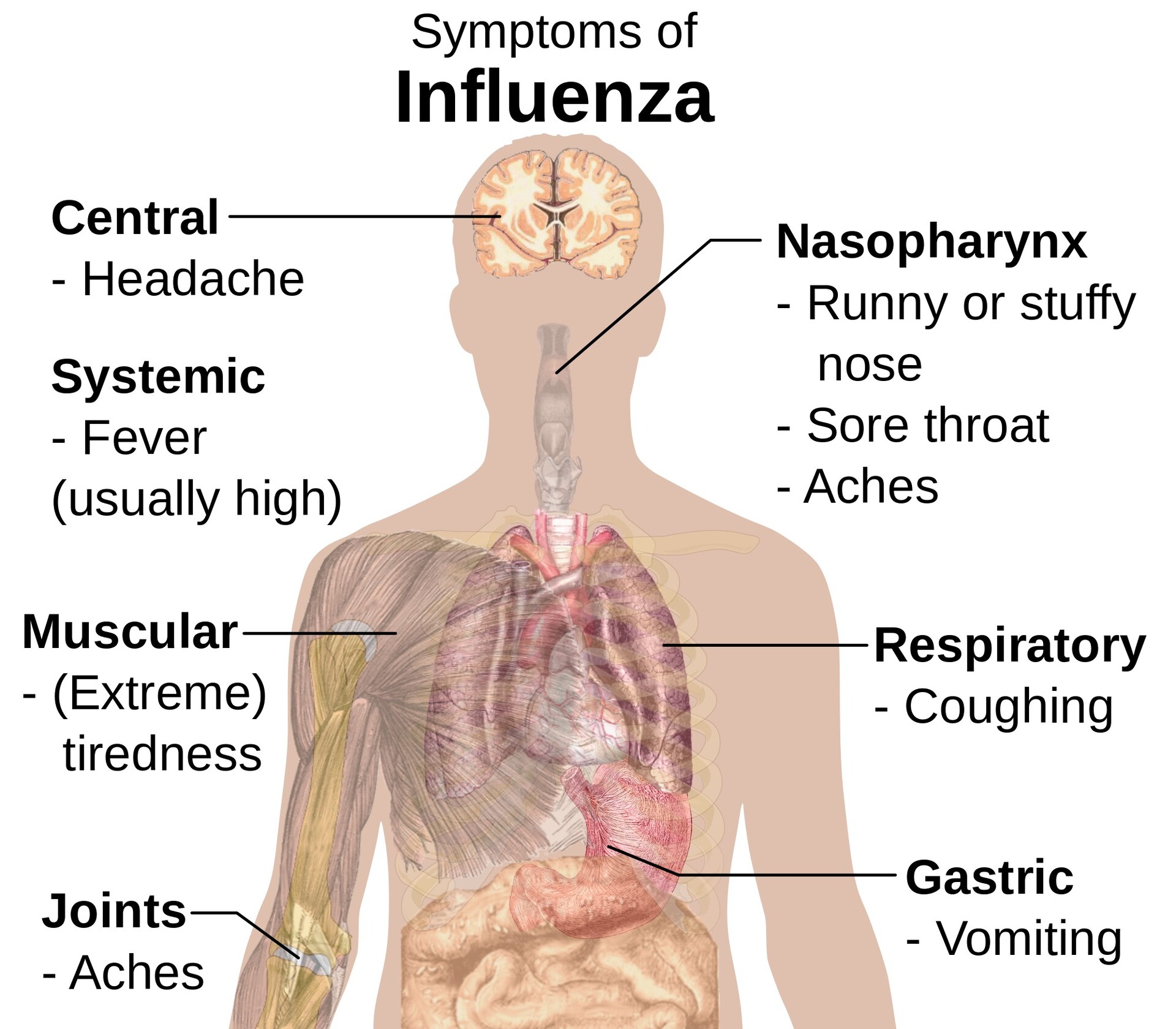Influenza Overview:
Influenza, commonly known as the flu, is a highly contagious respiratory illness caused by influenza viruses. It affects millions of people worldwide every year, leading to significant morbidity and mortality. This article delves into various aspects of influenza, including its symptoms, diagnostic methods, treatment options, regulatory framework, clinical assessment, market trends, and regional insights.
The variables that determine how common flu sickness is globally include the nature of the circulating viruses, the time of year, the efficiency of vaccination in avoiding illness, and the population that has received the immunization. All flu symptoms are detrimental to people’s health, notwithstanding their differences.
The Market Competitors Listed Below are Revolutionizing Healthcare with Innovative Diagnostic & Treatment Inventions:
Treatment Market Players:
- AstraZeneca Plc
- BioCryst Pharmaceuticals
- Daiichi Sankyo Company
- Novartis AG
- Teva Pharmaceutical Industries Limited.
- GlaxoSmithKline Plc,
- NATCO Pharma Limited
- Sun Pharmaceutical Industries Ltd.
- Bristol-Myers Squibb Company
- Sanofi Pasteur
- Others
Diagnostic Market Players:
Abbott Laboratories, Inc., Becton, Dickinson, and Company (Bd), Thermo Fisher Scientific, Inc., Meridian Bioscience, Inc., Sekisui Diagnostics, Hologic, Inc., Roche Diagnostics Ltd., Genetix Biotech Asia Pvt. Ltd., Metadesign Solutions Pvt. Ltd., Poct Services Pvt. Ltd., Trivitron Healthcare Pvt. Ltd., 3B Blackbio Biotech India Limited, Oscar Medicare Pvt. Ltd, Access Bio, Inc., Others
Symptoms:
Influenza typically presents with a range of symptoms, which can vary in severity. Common signs and symptoms of influenza include:
- Fever: Often high, and may last 3-4 days.
- Cough: Usually dry, but can be productive in some cases.
- Sore Throat: May accompany coughing.
- Muscle Aches and Pains: Especially in the back and legs.
- Fatigue: Can be extreme and may last for several weeks.
- Headache: Often severe.
- Chills and Sweating: Particularly during fever spikes.
- Nasal Congestion: Not as prominent as in the common cold.
- Shortness of Breath: Especially in severe cases or in individuals with underlying respiratory conditions.
Diagnostic Analysis:
Laboratory Tests: Influenza is diagnosed through various laboratory tests, which include:
- Rapid Antigen Tests: These detect viral antigens present in respiratory secretions, providing quick results in about 15-30 minutes. However, they are less sensitive than other tests and can produce false negatives.
- Reverse Transcription Polymerase Chain Reaction (RT-PCR): This is considered the gold standard for influenza diagnosis. It detects viral RNA in respiratory samples and offers high sensitivity and specificity.
- Viral Culture: This involves growing the virus in a laboratory setting, which can take several days but provides valuable information about the specific strain.
Get a Free Sample Research Report:
https://www.diseaselandscape.com/downloadsample/postid/12
Treatment Analysis:
In most cases, influenza is a self-limiting illness that resolves on its own. However, in high-risk populations or severe cases, antiviral medications like oseltamivir (Tamiflu) and zanamivir (Relenza) may be prescribed. These drugs work by inhibiting the replication of the virus, reducing the severity and duration of symptoms.
Regulatory Framework:
Various regulatory bodies, such as the Food and Drug Administration (FDA) in the United States and the European Medicines Agency (EMA) in Europe, oversee the approval and monitoring of antiviral drugs and vaccines for influenza. They ensure that these treatments meet stringent safety and efficacy standards.
Clinical Assessment:
Clinicians assess influenza based on the patient’s medical history, symptoms, and physical examination. Diagnostic tests are often used to confirm the diagnosis, especially in cases with atypical presentations or when complications are suspected.
Browse Full Information:
https://www.diseaselandscape.com/infectious/influenza-entry-strategy-market-intelligence
Market Trends Analysis:
The global influenza market encompasses antiviral drugs, vaccines, and diagnostics. The market is influenced by factors such as the prevalence of influenza, advancements in treatment and diagnostic technologies, and government policies regarding vaccination programs.
Regional Insights:
Influenza prevalence and treatment strategies can vary significantly by region. Some regions may experience seasonal outbreaks, while others may face more constant challenges. Additionally, access to healthcare resources and vaccination programs can differ widely, impacting the overall burden of influenza.
Conclusion:
Understanding influenza is crucial for effective prevention, diagnosis, and management. With ongoing research and advancements in medical technology, the hope is to continue to improve our ability to combat this widespread respiratory illness.
Browse Through More Infectious Diseases Research Reports.
Related Report:
FDA-approved medications, market insights, and consulting services for Tonsillitis
Market Insights for Scrub Typhus: Advice & Concern | FDA-EMA
An overview of the Malaria Disease market and an entry strategy
Anthrax Disease: Surmount the Obstacles & Reach Your Marketing Objectives
The Marburg Virus Disease: A New Entrant’s Approach to Market Entry
Contact Us:
Disease Landscape Insights LLP
6th Floor, Sr No.207, Office A H 6070 Phase 1
Solitaire Business Hub, Viman Nagar
Pune, Maharashtra, 411014.
Sales Contact: +44-2038074155
Asia Office Contact: +917447409162
Email: [email protected]
Email: [email protected]
Blog: https://www.diseaselandscape.com/blogs
Case Study: https://www.diseaselandscape.com/casestudies






